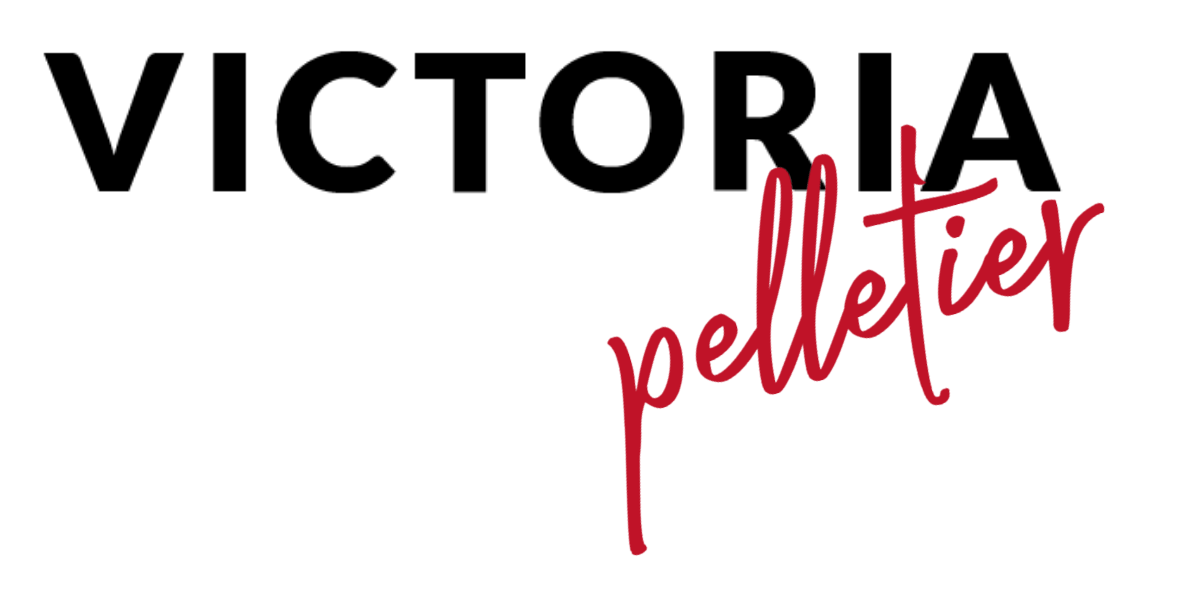
It’s out there beyond the horizon for many companies. If we’re lucky, we see it and can plan for it, giving us time to develop strategies and take action. If we’re unlucky, it arrives abruptly, shaking up our teams and forcing us to make important decisions quickly. It’s called the talent cliff. If you’ve been in business long enough, you’ve come across the talent cliff before. It’s the impact to the team and business when retirements, rivals, layoffs, and economic headwinds take some of our most talented team members. A year ago, there was no need to sound the warning about an approaching talent cliff as the economic engines on the planet were churning at 100% output. Today, thanks to the pandemic and its economic fallout, the cliff is upon us once more. This cliff is steep. Ready or not, we’re losing great talent. The good news? Our organizations can survive the fall and thrive beyond it.
As I write this in early August 2020, many roads lead to the talent cliff. Even the strongest businesses among us are going to lose talented people in the coming months due to shrinking revenue, unplanned leaves, competitive offers as companies rebuild, and, unfortunately, the virus itself. With so many headwinds in front of us, we can’t outmaneuver the trouble ahead. That said, if we’re brutally honest about the cliff and the skills gap that follows, we can prepare our teams and take action. First step – radical candor – with your team – and yourself – about the economic carnage that’s in the foreseeable future and about the obstacles on the road ahead.
Now that you’re being honest about the talent and skills gap, if you haven’t already, develop your plan. For starters, be prepared to give your team the time and space it needs to grieve the losses. Inevitably, this cliff will mean untimely goodbyes to some great team members. If you’re serious about leading, let your team talk about the losses and be transparent about how the losses impact you on a personal level.
It’s also vital to create a plan to upskill your team. – in addition to the loss of key talent, digital transformation is accelerating many companies faster than they originally anticipated. With skilled talent shortages, and the financial reality that you may not be able to hire all of the skilled talent to meet the demand, you will need to focus on upskilling your existing team members. Identify employees that have capacity for new skills and expanded responsibilities. Invest in these people, educating and preparing them for new roles and greater accountabilities.
The talent cliff also provides you with an opportunity to strategically plan as you rebuild the workforce. Smarter workforce planning that is based not just upon a common understanding of the current baseline of skills, but a plan that encompasses the future state – new demand for skills and new ways of working. Will you buy the talent and skills needed? Will you automate with bots? Build the talent within? The answer is you will do ALL of these…finding the right balance needed for your organization.
Let’s be honest…no one wants to see the talent cliffs arrive, but as you look back at these moments, you will recognize that they provided opportunities to rebuild and to create a more resilient workforce for the future.



